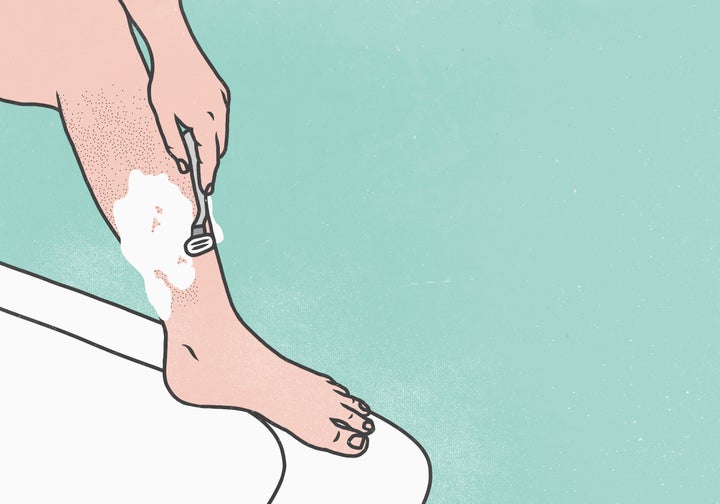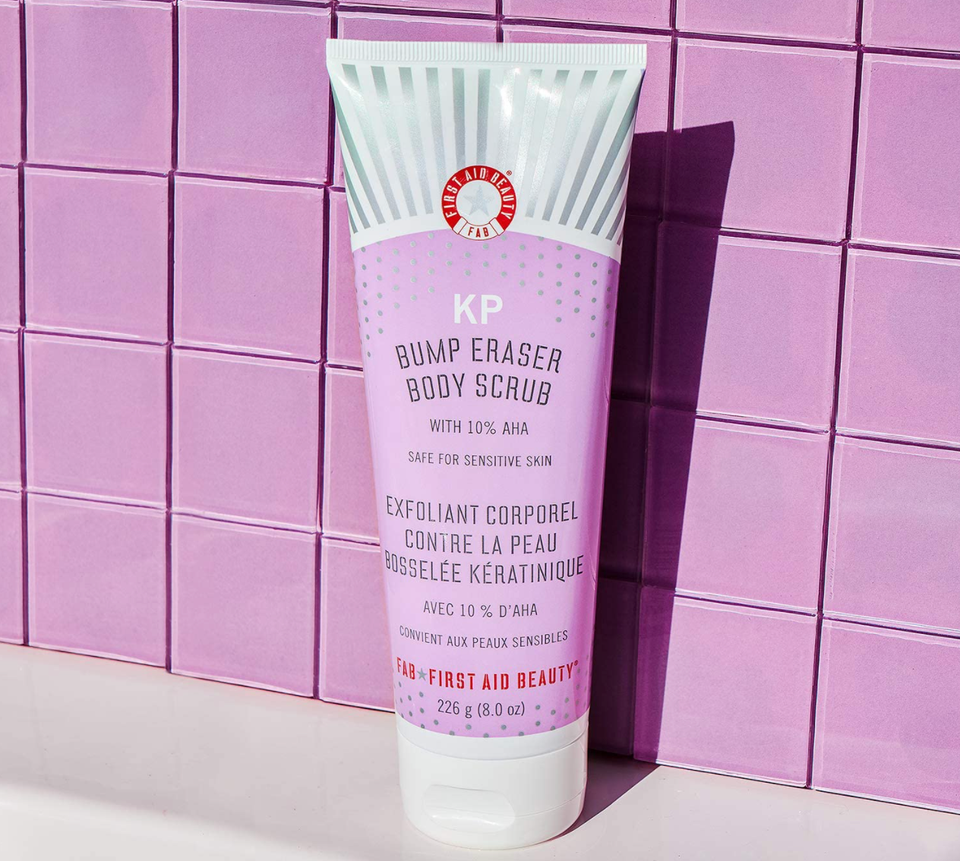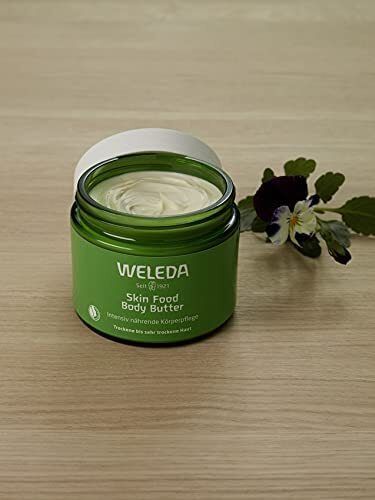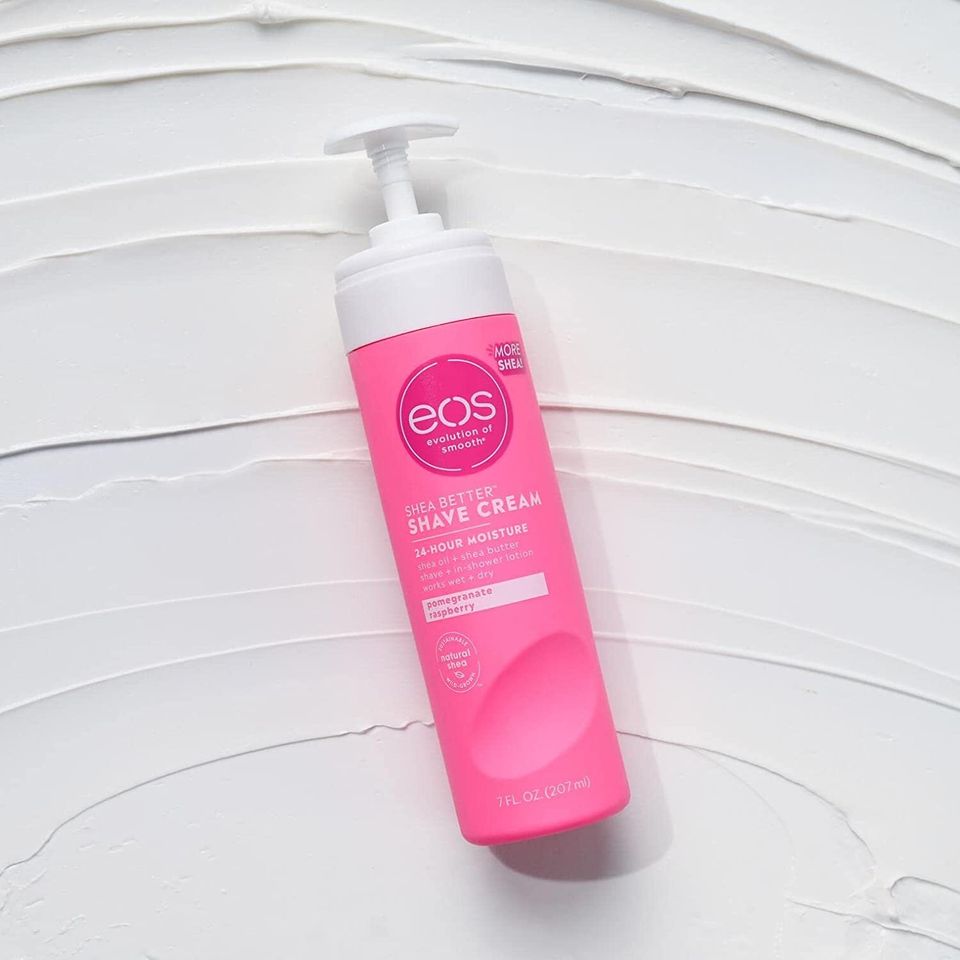
We hope you love the products we recommend! All of them were independently selected by our editors. Just so you know, HuffPost UK may collect a share of sales or other compensation from the links on this page if you decide to shop from them. Oh, and FYI — prices are accurate and items in stock as of time of publication.
Since about 3000 BC., we’ve been coming up with ways to remove hair that’s considered unsightly, so this whole rigmarole has been going on for a quite a while now. If you’re still in the game, you might sometimes wonder if your go-to hair removal tactics are really effective, or if they’re even making things worse, heaven forbid.
Whether you’re curious about shaving, waxing or other methods, HuffPost talked to experts to bust some myths and get some good advice. Here goes:
1. Shaving makes hair grow back darker and thicker
Not true. And, if you think about it, that makes sense. “If this were true, we would be shaving the heads of every balding man to bring back his locks,” says Joie Tavernise, aesthetician and brand founder of JTAV Clinical Skincare.
According to dermatologist Michael Jacobs, a clinical associate professor of dermatology at Weill Cornell Medicine, it’s a myth that needs to be busted. “When you’re shaving, you’re just trimming the hair, so it doesn’t affect the root of the hair. Thickness and darkness are caused by your own genetics.”
Dermatologist Rebecca Marcus agrees: “Shaving cuts the hair shaft at the surface of the skin and has no effect on the hair follicle, where the hair is produced, and therefore can’t have an effect on the quality of the hair. The hair may temporarily appear thicker when it’s regrowing, because it’s short.”
2. Your hair grows back faster with shaving
This one is actually sort of true. If you wax your hair, you remove the entire follicle from the root, which takes a while to reach the surface of your skin once it starts growing back. With shaving, on the other hand, regrowth has a head start at the surface of your skin. “Results from shaving can last two to seven days, depending on the person,” Jacobs says, while Marcus clarifies: “Waxing should last between three and six weeks.”
3. Shaving creates ingrown hairs
This is a “yes, but” situation. According to Jacobs, there are ways to prevent ingrown hairs if you’re committed to shaving. “Using a chemical exfoliator on the skin before shaving can remove buildup and dead skin cells, which helps to prevent getting ingrown hairs,” he says. “Using an appropriate shaving cream or shave gel before and after shaving can also reduce negative effects, like itching, razor burn, redness and ingrown hairs.”
4. All body parts are created equal
Not true. You might switch up hair removal methods depending on the area you’re working with.
“Hair on the underarms and bikini area grows at a faster rate than the hair on your face, head, legs and arms,” Tavernise explains. “Knowing this, waxing your underarms and bikini area will be more beneficial for keeping this hair at bay, as waxing has a slower regrowth rate than shaving. Shaving is most beneficial on the legs and arms, and dermaplaning is best for the face.”
5. Waxing will reduce how much hair you have
This is a definite maybe. “Over time, waxing can decrease the volume of hair, in comparison to shaving,” Jacobs says. “The hair starts to grow back less and the effects of the wax treatment last for longer periods of time.”
Marcus isn’t 100% onboard with that assessment, offering an “it depends” view: “While waxing may reduce hair growth in some long-term waxers, this is not a given. The only way to permanently decrease hair growth is by laser or electrolysis,” she says.
6. Retinoids and waxing don’t mix
This is true. “If you’re on a retinoid, it’s important to stop using it five to seven days before waxing to avoid the risk of pulling off skin along with the wax,” Marcus says, explaining that topical retinoids can thin the outer layer of the skin and make it more sensitive to procedures like waxing. You can get a wax on any body part where you aren’t applying retinoids, though.
7. Waxing is better for sensitive areas
This one’s true. According to Jacobs, “waxing is best on sensitive areas like the bikini line and underarms because it’s more precise, reduces the chance of irritating the skin and is less likely to cause ingrown hairs” than shaving.
8. Curly hair is harder to remove safely
Yes, this one’s true. “Those with curly hair are more prone to develop folliculitis, a skin condition in which follicles become inflamed, than those with straight hair,” Marcus says.
Wondering why that is? According to the Mayo Clinic, curly hair grows from curved hair follicles, so it’s that curvy shape that’s more likely to encourage hair to reenter the skin when growing back. This tends to happen more when hair is shaved, since shaving creates a sharper hair edge, making it easier to pierce the skin.
9. Razor bumps are untreatable
Not so. “For those who are prone to razor bumps from ingrown hairs and/or folliculitis, I recommend using an exfoliating pad to help prevent ingrown hairs during the regrowth phase,” Marcus says. “Bump Attendant by Bliss is an effective product that contains several bump-fighting ingredients, including glycolic acid, salicylic acid, witch hazel and anti-inflammatory oat extract and niacinamide.”
Tavernise also recommends exfoliation: “The best way to prevent ingrown hairs is by thoroughly exfoliating the area beforehand to remove dead skin cells that lead to the hair getting trapped under the skin.”
10. How much body hair you have – and where – is part of your own personal style
Absolutely true. You do you, whether that means a hairless physique or one that’s totally furry.
“Some people dislike their body or facial hair and want to remove it, while others embrace it,” Tavernise says. “In my office, we serve those who wish to remove hair, but if someone comes in for a facial or body treatment and doesn’t wish to remove any hair, the treatments won’t be any less effective. When it comes to bodies, it’s important to respect and honour yours as well as others’.”






